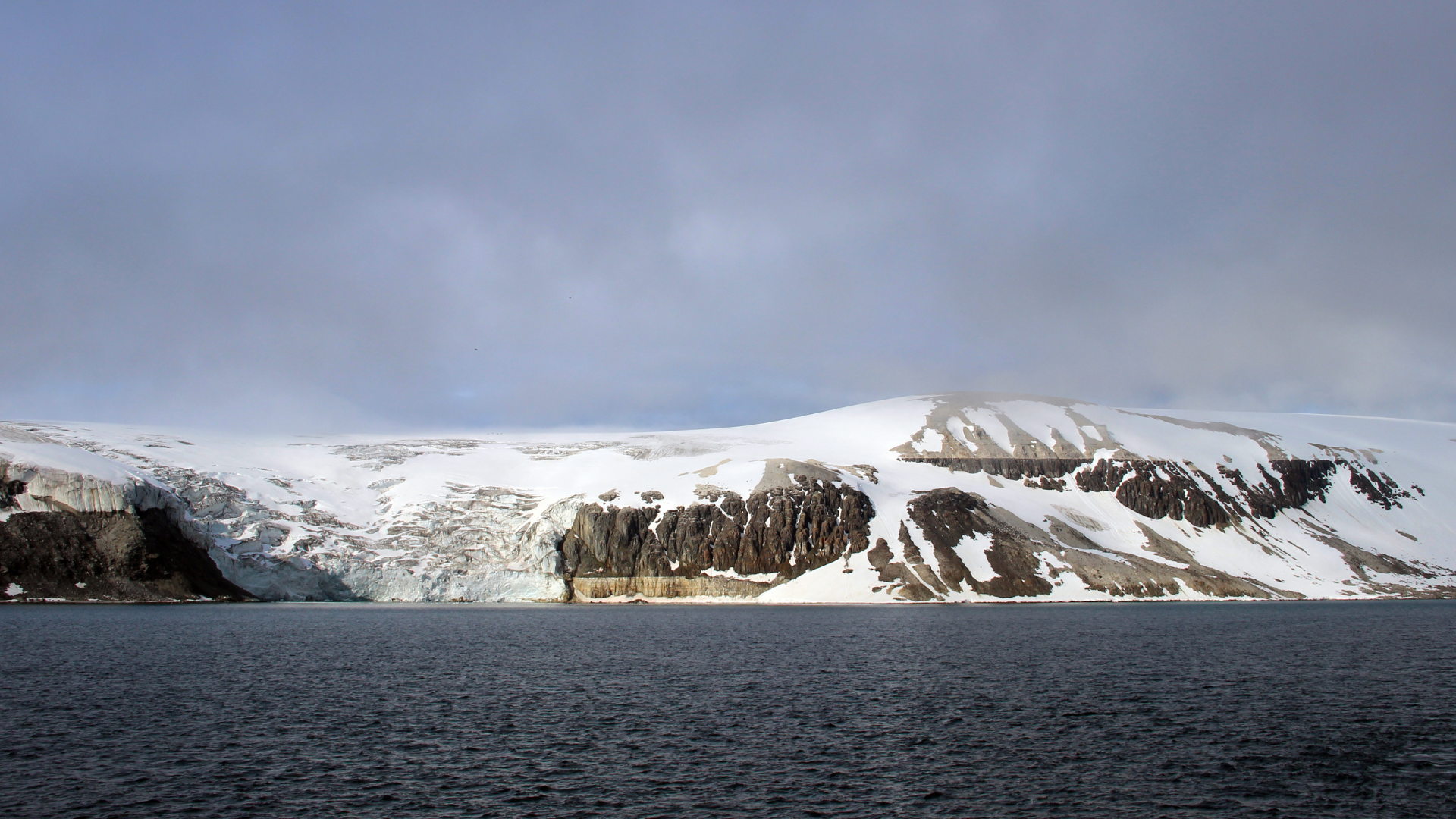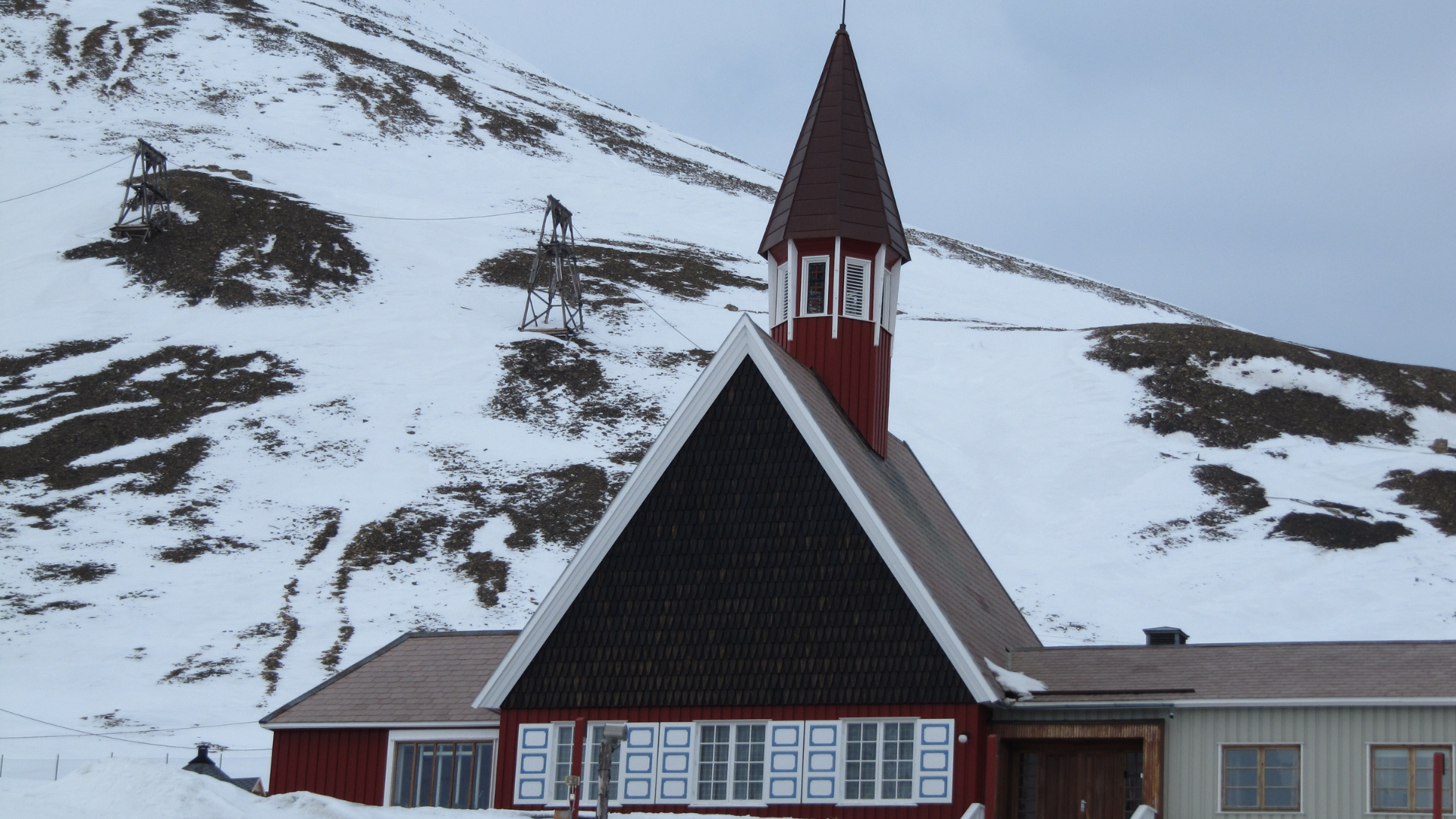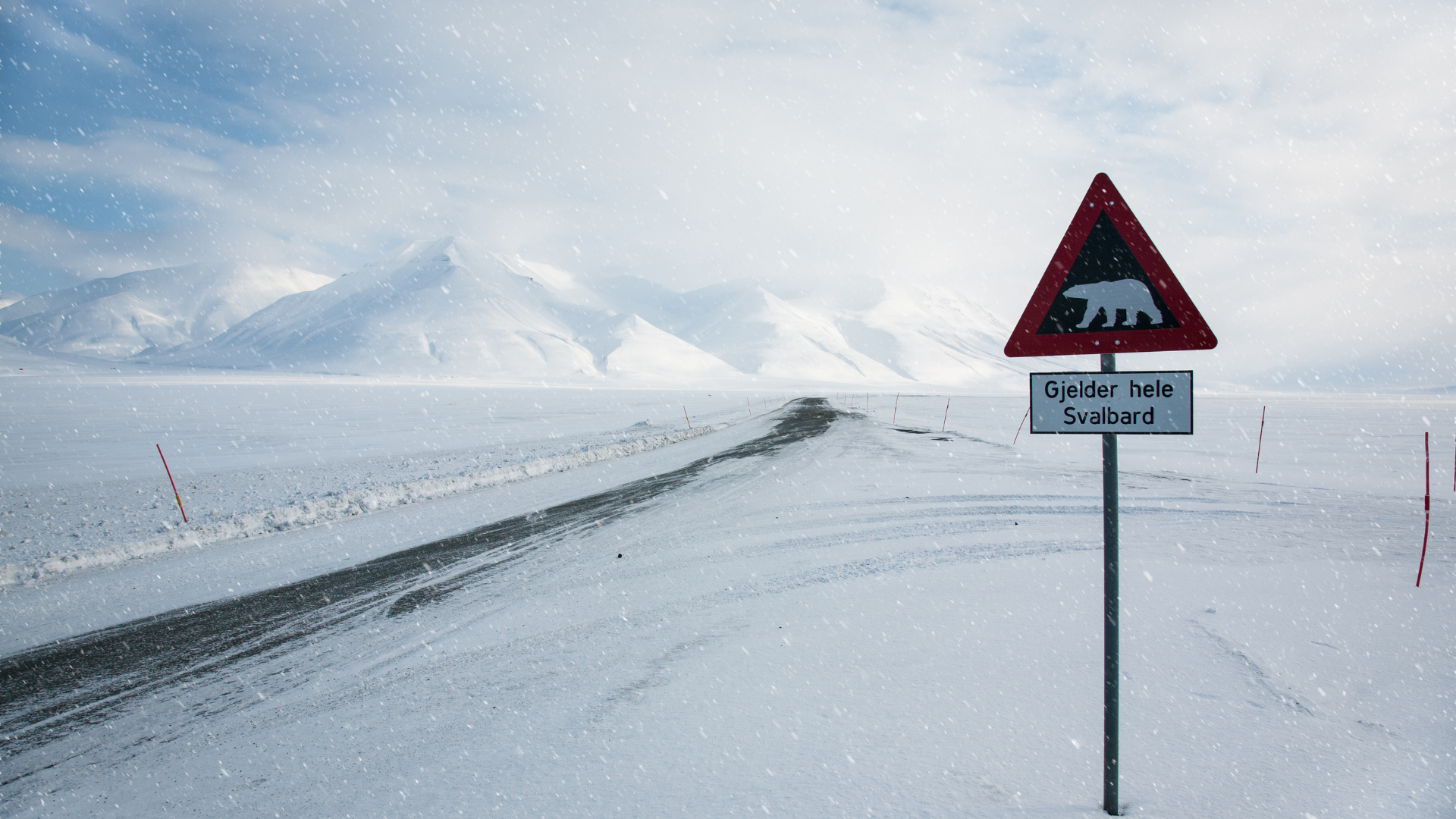Spitsbergen: How to Prepare Accordingly in May
Spitsbergen: How to Prepare Accordingly in May

May in Spitsbergen is a time of dramatic transformation as the Arctic awakens from its long winter slumber. The days grow even longer, with the midnight sun making its first appearance, casting an ethereal light over the landscape. Despite the warming temperatures, the environment remains challenging and requires careful preparation. Understanding the weather is crucial for a successful trip to Spitsbergen in May. While temperatures can rise above freezing, they often hover around 0°C (32°F) to 5°C (41°F). Dressing in layers is essential, with a moisture-wicking base layer, an insulating middle layer, and a windproof and waterproof outer layer to protect against varying conditions.
The arrival of the midnight sun in May provides endless daylight, offering more opportunities for exploration. However, the constant light can disrupt sleep patterns, so bringing an eye mask is advisable to ensure restful sleep. Sunglasses and sunscreen are also essential to protect against the intense sunlight reflecting off the snow and ice. Light therapy lamps may no longer be necessary, but having headlamps and flashlights on hand is still useful for any indoor activities or emergencies.
Travel within Spitsbergen during May requires adaptability and preparation. Snowmobiles remain a common mode of transportation, but as the snow continues to melt, conditions can become unpredictable. Proper training or traveling with a guide is recommended to navigate the changing terrain safely. Carrying emergency supplies, such as blankets, food, and a first-aid kit, remains important in case of breakdowns or delays. As the landscape transitions from snow-covered to slushy and wet, waterproof gear becomes increasingly important.
Wildlife in Spitsbergen is particularly active in May, making it an excellent time for animal sightings. Polar bears, Arctic foxes, and Svalbard reindeer are more visible as they emerge from their winter habits. Always travel with a guide who is trained in polar bear safety and equipped with deterrents such as flares or rifles. Understanding polar bear behavior and maintaining a respectful distance is essential for safety. Birdwatchers will also delight in the arrival of migratory birds, adding to the rich tapestry of Arctic wildlife.
Accommodation in Spitsbergen during May requires advance planning, as the region becomes more accessible and popular with tourists. Longyearbyen offers a range of lodging options, from hotels to guesthouses, and booking early is advisable to secure a spot. Staying in Longyearbyen provides access to amenities like shops, restaurants, and medical facilities. For a more immersive experience, consider staying in a remote cabin, which offers opportunities for solitude and closer encounters with nature. These cabins provide excellent vantage points for enjoying the midnight sun and the pristine Arctic landscape.
Food and hydration are important considerations when preparing for a trip to Spitsbergen in May. The cold and increased activity levels require higher calorie intake, so bringing high-energy snacks is recommended. Longyearbyen has several restaurants and a grocery store, but options can be limited and expensive due to the remote location. Staying hydrated is crucial, as the cold and physical exertion can be deceptively dehydrating. Carrying a thermos with hot drinks can help keep you warm and hydrated during outdoor activities.
Outdoor activities are a highlight of visiting Spitsbergen in May, and proper gear and preparation are essential. Snowshoeing, ice climbing, and dog sledding remain popular, but the changing conditions require adaptability. Each activity has specific gear requirements and safety considerations, so working with experienced guides and outfitters is recommended. They can provide the necessary equipment and ensure that you have a safe and enjoyable experience in the dynamic Arctic environment.
Respecting the local culture and environmental regulations is essential when visiting Spitsbergen. The Svalbard Environmental Protection Act governs activities to preserve the natural environment. Familiarizing yourself with these regulations and adhering to them will help minimize your impact on this fragile ecosystem. Engaging with the local community and learning about the history and culture of Spitsbergen can also enrich your visit, providing a deeper understanding of life in this unique part of the world.












